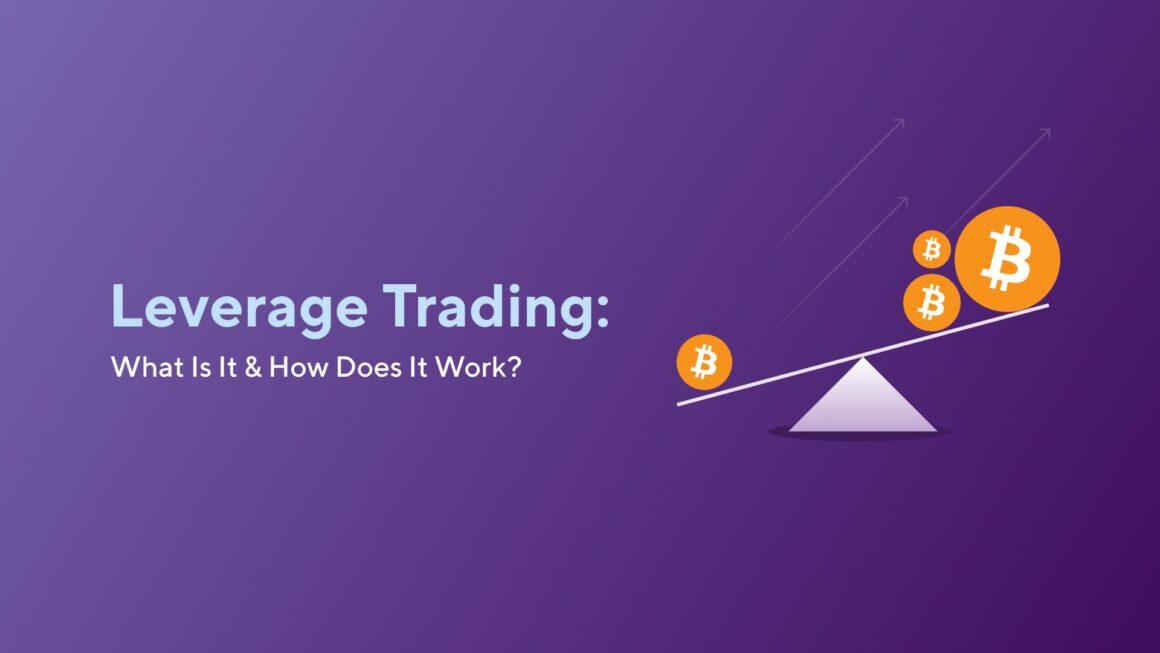Bitcoin and other cryptocurrencies continue to grow in popularity. This is also reflected in prices, which recorded new all-time highs in 2021. Sometimes very high returns also attract traders and speculators to the market. Numerous providers also enable their customers to trade with leverage.
In doing so, they often don’t know exactly which functions are hidden behind the offers. Terms such as features, options, and CFDs are common to numerous margin brokers and promise high profits. However, these financial products are associated with considerable risks, which under certain circumstances can lead to a total loss.
In the crypto market, in particular, such risks can often be detrimental to trading. Due to high volatility, trading positions can be liquidated within seconds. In addition, the crypto market is a very young market, which is often guided by emotions of investors.
How Does Leverage Trading Work?
Leverage enables you to increase your own capital by a certain coefficient. How does this work? A trader is allowed to borrow money from his/her broker. A customer doesn’t have to repay this afterwards, but his/her position is linked to certain conditions.
From a trader’s point of view, the price shouldn’t move above or below a certain value, otherwise, it will be liquidated. This means that his/her position will be closed automatically thus making a trader suffer losses.
From the moment when a position is automatically closed, the limit depends on the level of leverage used. The higher its value is, the smaller the difference between entry and liquidation. In return, the lower the leverage, the greater the difference.
There is usually a fee for the duration of trade, which depends on the respective position. Trading with leverage can be based on certificates and ‘real’ cryptocurrencies. In both cases, a trader has to borrow additional capital, which he/she can then use. If the position goes up and a trader closes it with a profit, he/she automatically pays back the borrowed capital.
In simplified terms, leverage trading can be compared with a bet on the price development. For this reason, the risk of addiction shouldn’t be underestimated. In addition, providers are obliged to point out the possible risks.
Example: Buying Bitcoin with Leverage
A person has $10,000 in a trading portfolio and wants to actively speculate on the Bitcoin price development. The current rate is $50,000 and the person receives 0.2 BTC for this. If the rate now rises by 20% to $60,000, the profit will also amount to 20% or $2000.
If the person decides to trade with leverage, these values change. With a leverage of a factor of ten, the person doesn’t receive 0.2 BTC, but 2.0 BTC. This equates to a value of $100,000. If the value of Bitcoin then rises to $60,000, the profit is still 20%. However, it’s now 20% of $100,000, which equates to a profit of $20,000.
However, if the price moves in the other direction, this can lead to a total loss. For example, Bitcoin’s rate can decrease to $40,000. While this represents a loss of 20% in trading without leverage, a leveraged position can already be liquidated and the loss is 100%.

Leave a Reply